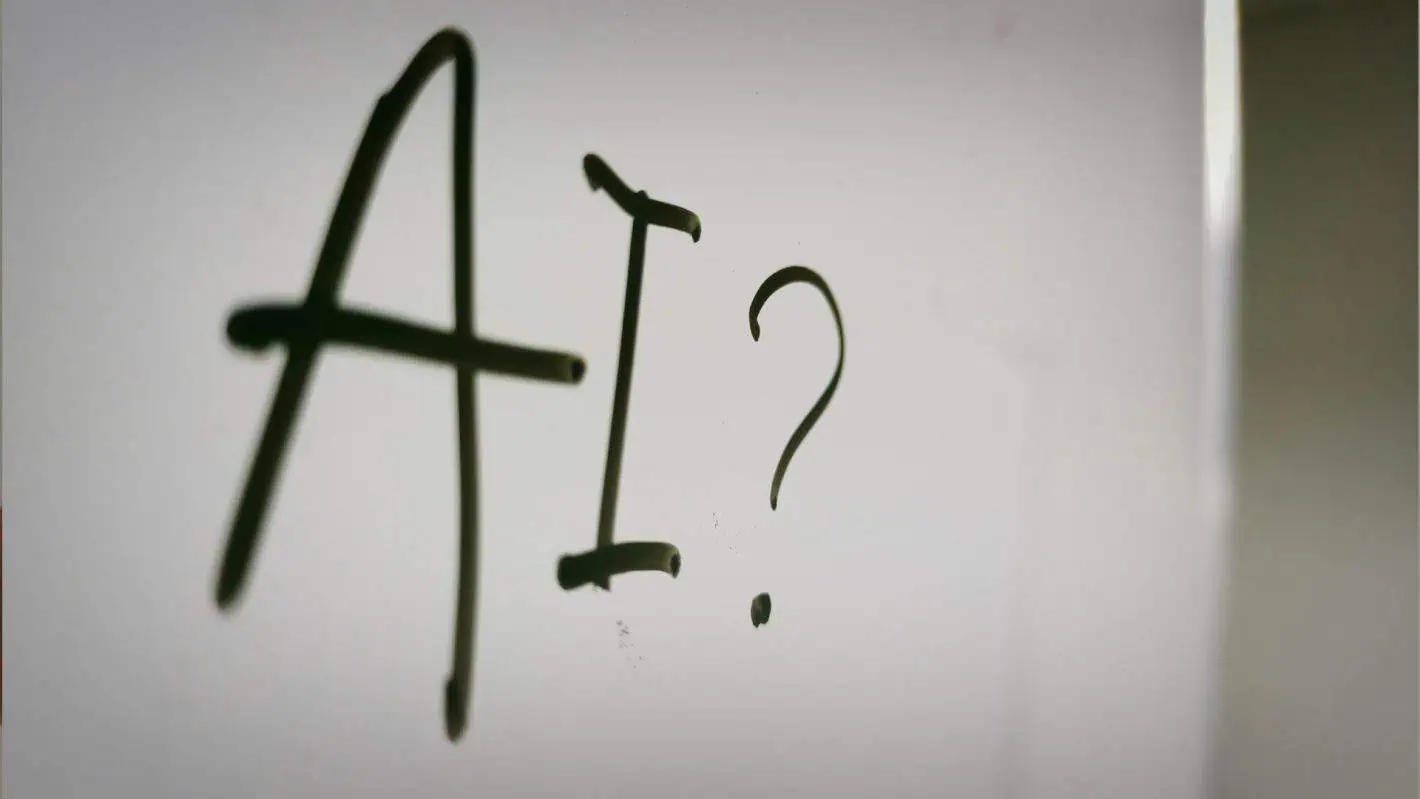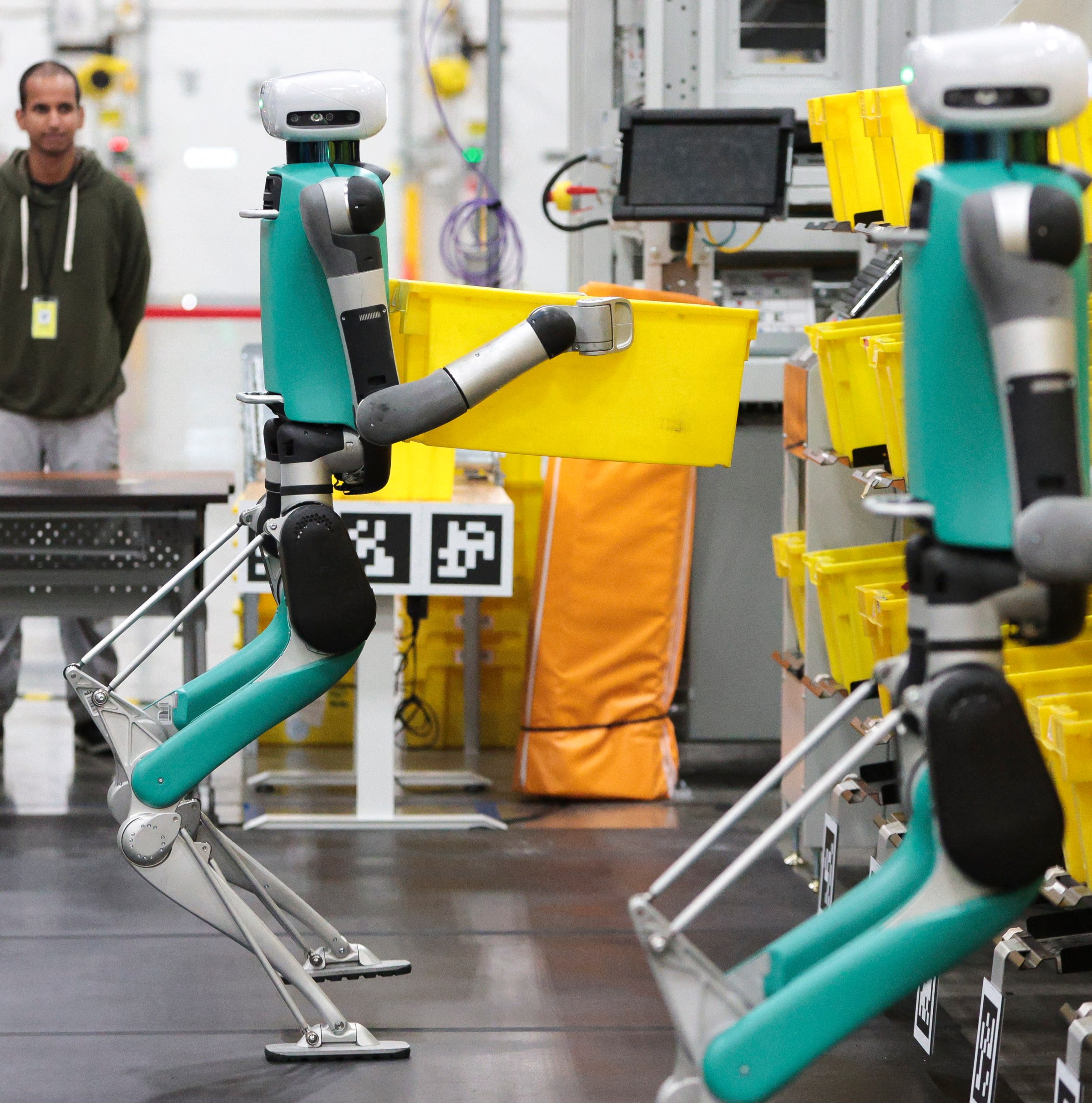
Your Manager's Job Is Next: The Unsettling Truth About AI Displacement
From corporate executives to customer service reps, AI is reshaping entire industries while workers and CEOs alike brace for impact.
The corporate culling has begun, and it’s hitting closer to home than anyone predicted. Amazon’s recent announcement of 14,000 corporate job cuts represents more than just another round of tech layoffs - it’s a declaration that no white-collar role is safe in the age of artificial intelligence.
The Corporate Bloodbath Has Officially Arrived
When Amazon HR chief Beth Galetti called AI “the most transformative technology we’ve seen since the internet”, she wasn’t just making a bold statement. She was laying the groundwork for what would become the company’s largest round of layoffs in years. In Amazon’s announcement ↗, Galetti stated the quiet part aloud: “We need to be organized more leanly, with fewer layers and more ownership” thanks to AI-driven efficiency gains.
CEO Andy Jassy had already signaled this shift in June, sending employees an email bluntly titled “Some thoughts on Generative AI” where he warned that Amazon would “need fewer people doing some of the jobs that are being done today.” The corporate translation? Prepare for obsolescence.
Amazon’s 14,000 cuts aren’t happening in isolation. The tech and retail sectors are experiencing a domino effect:
- Target: Eliminating 1,800 corporate jobs
- Meta: Cutting 600 positions
- Microsoft: Began eliminating 9,000 jobs in July
- Salesforce: Reduced workforce by 4,000 employees, citing AI efficiencies
- Goldman Sachs: Constraining headcount growth due to AI tools
This isn’t about trimming fat - it’s about fundamentally restructuring corporate America around artificial intelligence.
The Unspoken Anxiety in the C-Suite
While executives publicly champion AI’s transformative potential, private conversations reveal a different reality. Industry analysts note that CEOs are terrified - not of the technology itself, but of the optics of mass layoffs.
The prevailing fear among corporate leadership isn’t technological change - it’s becoming the villain in the AI displacement narrative. One Reddit comment captured the sentiment perfectly: “Companies exist to turn a profit not to create jobs. If you accept simple truths like this then it’s easy to predict the future.”
This executive anxiety manifests in careful language and gradual workforce reduction rather than sudden mass terminations. The real concern isn’t efficiency - it’s reputation. As one observer noted, “Why would I buy from ABC co, that just laid off 90% of their workforce? They’d be bankrupt in a day.”
Customer Service: The First Domino Falls
The revolution isn’t starting with factory robots - it’s happening in call centers and support desks. Customer service roles, once considered stable entry-level positions, are becoming ground zero for AI displacement.
Consider the case of Dukaan, a Bangalore-based ecommerce company that made headlines in July 2023 when CEO Summit Shah replaced 90% of customer support staff with an in-house chatbot. The results were staggering: 85% reduction in customer support costs and dramatically reduced wait times.
The pattern repeats across industries:
- Klarna deployed AI technology capable of doing the work of 700 customer service agents
- Salesforce reduced customer support headcount from 9,000 to 5,000 using agentic AI
- Duolingo offboarded 10% of contractors as AI handles content translation
- Ikea phased out call center work in favor of AI assistant “Billie”
The writing is on the wall: routine customer interactions are becoming automated territory.
The Economic Domino Effect Nobody’s Talking About
What happens when millions of white-collar jobs disappear simultaneously? The economic impact goes far beyond individual unemployment.
Each laid-off worker represents thousands of dollars removed from the consumer economy. A family of four spending $50,000 annually represents pure economic contraction when their income vanishes. Multiply that by thousands - or millions - and you have a recipe for recession.
The Stanford Digital Economy Lab’s research reveals employment declines concentrated among 22-25 year-old workers in AI-exposed jobs like software development, customer service, and clerical work. These aren’t just numbers - they’re entire career paths being erased before they’ve even begun.
The Managerial Blind Spot
Perhaps the most unsettling realization comes from developers themselves. As one commenter noted, “Just wait until they find out AI is way better CEO than any human. Makes the best financial decisions, gets the best returns for the shareholders, works 24/7.”
The technology enabling this transformation is evolving rapidly. Large language models now power AI agents that can understand natural language, analyze data, execute tasks, and learn from interactions - capabilities once exclusively human. According to Unity Communications, the global LLM market could reach $82.1 billion by 2033 ↗, representing an 18-fold increase that signals unprecedented adoption.
These systems don’t just automate tasks - they’re becoming strategic business assets that enhance decision-making, streamline complex workflows, and amplify team capabilities.
The Human Resistance
Despite the rapid adoption, significant barriers remain. Data privacy and security concerns are slowing LLM adoption, with 44% of respondents citing these risks as key barriers according to Forbes research ↗.
Consumer acceptance is equally crucial. Research shows only 37% of consumers are comfortable with AI agents delivering personalized content - meaning companies must navigate both technological implementation and customer perception.
The Path Forward: Adaptation or Obsolescence
The companies surviving this transition aren’t just replacing humans with AI - they’re redesigning workflows around human-AI collaboration. Ikea’s approach stands out: rather than simply eliminating call center jobs, they’re training thousands of former call center workers to become interior design advisors.
This hybrid model - combining intelligent AI agents with strategic business process outsourcing - creates unprecedented opportunities for business agility and operational efficiency. Organizations embracing this integration position themselves for sustainable competitive advantage.
The Inevitable Conclusion
The transformation is already underway, and the numbers don’t lie:
- Half of CEOs believe they may replace jobs with AI
- IBM plans to replace 30% of back-office roles (7,800 positions) with AI
- BT will cut 55,000 jobs by decade’s end, replacing 10,000 with AI
- Wall Street banks are automating entry-level work that traditionally served as training grounds for young graduates
The uncomfortable truth is that we’re witnessing the beginning of a workforce restructuring unlike anything since the Industrial Revolution. The question isn’t whether AI will displace jobs - it’s which roles will survive the transition, and what new positions might emerge in their place.
One thing is certain: the corporate layoffs making headlines today are merely the opening salvos in a much larger transformation. The real displacement hasn’t even begun - and when it does, it will reach far beyond customer service into the executive suites themselves.



